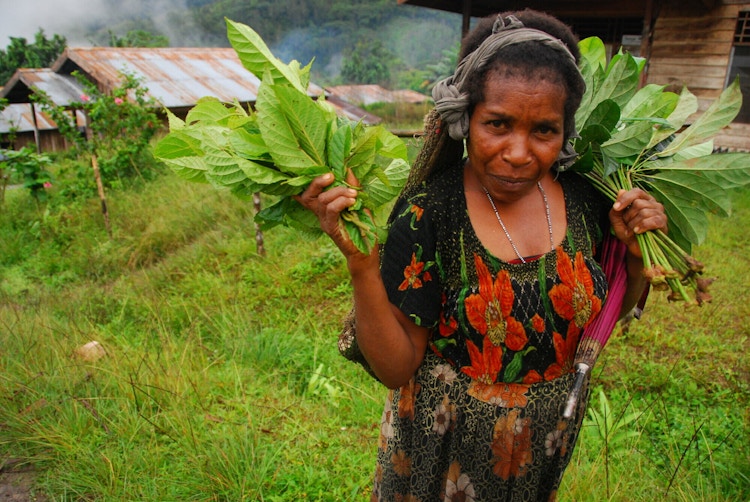
COP15:
Success of new nature agreement depends on rainforest protection
Rainforests host more than half of the world's biodiversity and their protection will be crucial for a successful implementation of the agreement, says Rainforest Foundation Norway.
COLORFUL: Panther chameleon (Furcifer pardalis) in the rainforest, Madagaskar. Photo: Thomas Marent
Montreal 19.12.22
“The abundance of life in a million-year-old rainforest cannot easily be recreated. Only a third of the original tropical rainforests are still intact. If we all seize the moment, this agreement can be the beginning of the end to rainforest destruction and biodiversity loss,” says Anders Haug Larsen, International Advocacy Director at Rainforest Foundation Norway.
In the early hours of Monday morning, world leaders agreed on a pathway to halt loss of biodiversity. The agreement aims to protect 30 percent of the Earth by 2030, prioritizing connected areas of particular importance for biodiversity.
"The world has used more than a century to protect 15 percent of land on Earth and now commits to doubling this in just seven years. This will require immediate action from governments, businesses and the rest of society. It will not be easy, but it’s the right thing to do," says Haug Larsen.
A good springboard for the protection of nature
He sees the goals and targets in the agreement as a good springboard for reaching the protection that nature needs to thrive.
"Rainforests are one of the world’s most unique ecosystems, and home to more than half of all life on land. We will not succeed in halting biodiversity loss unless rainforests are given a special focus in the implementation of these goals," Haug Larsen continues.

LAND RIGHTS: A local woman in West Papua province, Indonesia. Indigenous land rights are an important pathway to reaching the goal of protecting 30 percent of nature. Photo: Anja Lillehagen/RFN
Securing Indigenous peoples' land rights is crucial
Securing unprotected rainforests requires commitment from rainforest countries such as Brazil, DRC, Colombia, Peru and Indonesia.
“The recent political will that we are seeing from rainforest countries to protect rainforests is creating hope and momentum. It is the duty of the international community to support their efforts, for the good of global biodiversity. We need to see a significant rise in funding and extended political backing," says Anders Haug Larsen.
After some initial pushback, the agreement included the recognition of Indigenous land rights as an important pathway to reaching the goal of 30 % protection. This is widely supported by Indigenous groups represented at the negotiations.
“To achieve the goals in the agreement, we must have legal recognition of territories conserved by Indigenous and local communities. Because these areas have for a long time contained a high level of biodiversity and been managed in an effective and sustainable way,” says Joseph Itongwa, Executive Director of the Indigenous organization ANAPAC in the Democratic Republic of the Congo.

Anders Haug Larsen
International Advocacy Director
(+47) 932 17 626
andershl@rainforest.no